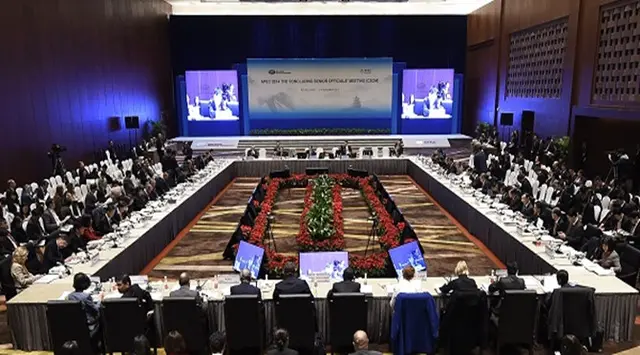The number of new low carbon private partnership initiative (PPI) projects nearly doubled in the last seven years. These climate-friendly projects, mostly in the renewable energy sector, spiraled from 815 to 1915, a World Bank study claimed.
Experts maintained that favorable government policies in the form of both direct and indirect government support have been instrumental in the surge in low-carbon projects. Infrastructure construction including power plants, urbanization, and transport contributes to more than 70 percent of global greenhouse gas emissions.
In the recent years, WB had been advocating for carbon-neutral projects and policy thrust to control emissions. “Government support to climate projects increased drastically from only three percent of all low-carbon projects receiving government support before 2010 to 51 percent of the projects receiving government support after 2010,” the study claimed.
In the last five years, investment trends indicate that low-carbon projects are gaining popularity compared to polluting conventional projects except in 2014. The slump in 2014 was attributed to coal and natural gas megaprojects in Turkey, Thailand and Morocco. Indonesia invested in two large coal-fired power plants and Jordan in an oil-shale-fired power plant.
In the last seven years, the share of renewable energy projects has grown up from about 50 percent to 83 percent. South Asia and Latin America, Brazil, China, India, Turkey, and Romania have the most renewable energy projects amongst all countries from 2012 to 2017.
Despite a large number of low carbon projects, the funding of conventional projects still dominates. WB researchers found 401 projects or 16 percent of all low-carbon projects received support from Development Financial Institutions (DFI).
At the same time, 214 projects or 14 percent of conventional projects received DFI support. The conventional smart projects received 52.9 billion US dollars, which was 11 percent higher than the 47.6 billion US dollars support to low-carbon projects.
In the last decade, the average investment of conventional energy projects swelled to 358 million US dollars that is nearly 2.4 times than that of renewable energy projects. WB also expressed worry that increase in low-carbon infrastructure is driven mostly by renewable energy projects. Climate-friendly transport projects are yet to receive favorable funding.
“With respect to energy projects in the last 15 years, we notice a clear trend before and after 2011. At their lowest level, renewable energy projects accounted for 35 percent of total projects (2009) and peaked to 95 percent of total projects in 2012,” experts said.
But land transport, conventional projects or road projects still dominate, accounting for almost three-fourths of the total sectoral PPI investments. The share of PPI-led investments for road projects fell from 78 percent during the period from 2002 to 2009 to 72 percent in the period from 2010 to H1 2017.
“Urban transport’s share of transport PPI investment was only five percent from 2002 to 2009, but almost tripled to 14 percent from 2010 to H1 2017,” the report said.
(ASIA PACIFIC DAILY)
 简体中文
简体中文

